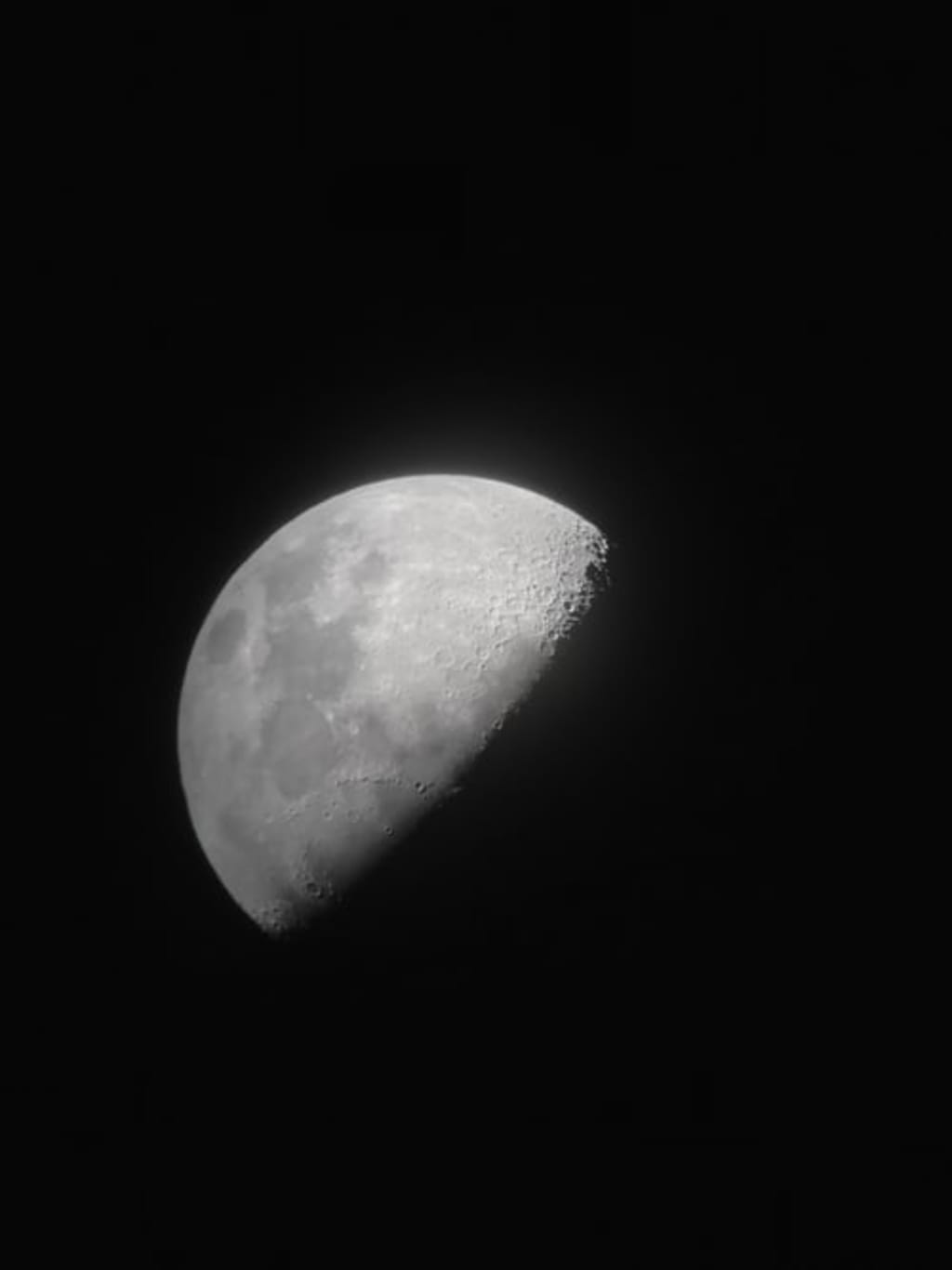
Are we the only intelligent life in the universe? This problem has puzzled mankind for thousands of years, and the search for extraterrestrial life has become one of the missions of astronomy. Mars, the closest planet to Earth, is a natural candidate. Ever since the advent of telescopes, humans have pointed them at Mars and looked closely at it. As technology has improved and telescopes have gotten bigger and bigger, more and more details have been found as they look at Mars. Cracks in the surface of Mars, dark and light on the surface of Mars, Mars white polar cap...
However, the subsequent interpretation became more and more outrageous, and combined with the translation errors in the literature, the Italian word "river" was wrongly translated into English "canal". The idea of a man-made Martian canal spread through the academic world, fuelled by science fiction writers, and the existence of an entire 19th century Martian civilization was orthodoxy. Those images of Martians, in today's movies and television, would seem naive. But until the early 20th century, there were observatories dedicated to finding Martian canals.
Mankind's search for truth always moves forward in twists and turns. Soon, mankind entered the space age.
Mariner, an American spacecraft, and Mars, a Soviet spacecraft, have taken close-up pictures and studied Mars. What people see in recent photos is a barren, barren planet with no trees, no forests, no canals, no oceans, no Martian civilization. The surface is covered with sand dunes and gravel, and the only thing alive is the occasional big sandstorm.
In July 1976, an American probe, Viking 1, captured a stunning image of the Martian surface, where the southern hills meet the northern plains. This is the famous "Face of Mars" image of the surface of Mars. People can see a high building in the picture. At the top of the building is a face pattern, his eyes, nose, mouth are clearly visible. The Martian face is 1.5 kilometers across. It is also surrounded by several prominent raised buildings. Soon, supporters of Martian civilization linked them to the Egyptian pyramids on Earth. It took more than a decade for the Martian face to be finally solved. American probes flew over it in the 1990s and took a closer look. The face of Mars, which has become famous around the world, is just an ordinary rocky mountain. What makes it look like a human face is nothing more than a human illusion.There is no higher intelligence on Mars to create a brilliant civilization, but are there lower animals?The curiosity nuclear-powered Mars rover, which landed at Gale Crater on Mars in August 2012, sent back a picture that thrilled the human race. In the photo, what looks like a rodent mouse is shown hiding behind a rock. Mice are mammals in the fastest reproduction, survival ability super skilled hole. On Earth, they are almost everywhere.
Does that mean they're there, too, or a similar animal?
The answer is no. Mars is an extremely hostile environment. The Martian atmosphere is dominated by carbon dioxide, with no oxygen for animals to live on. Large sandstorms occur frequently on Mars, and their severity is hard to measure by the standards of Dust storms on Earth. The largest sandstorm ever recorded had winds of up to 270 kilometers per hour, more than any super typhoon on Earth.Mars has a thin atmosphere and no magnetic field to protect it, and deadly high-energy cosmic rays can damage animal cells and puncture their DNA.Mars does not yet have liquid water, the most basic ingredient for life.
Temperature differences on Mars are extreme, reaching hundreds of degrees Celsius a day and a night
......
In all this, Mars is a barren planet inhospitable to animals. The Martian Mouse soon proved to be nothing more than a rock shaped like a mouse. There are also Mars snowman, Mars elephant nose, Mars parrot and so on.Humans are desperate to find life on Mars, and microbes are our last hope.In June 2019, Curiosity detected high levels of methane on Mars. NASA says the finding is exciting because microbes are an important source of methane on Earth. Every inch of the earth, every drop of water, and even our bodies are teeming with billions of microbes. Their presence on Mars seems almost natural. To be sure, rock-water interactions also produce methane. Curiosity's equipment has not been able to determine the source of the methane, whether it is biological or geological. Just over ten days from now, America's next generation rover, Perseverance, will blast off to the enigmatic Red Planet, carrying advanced instruments.





Comments
There are no comments for this story
Be the first to respond and start the conversation.